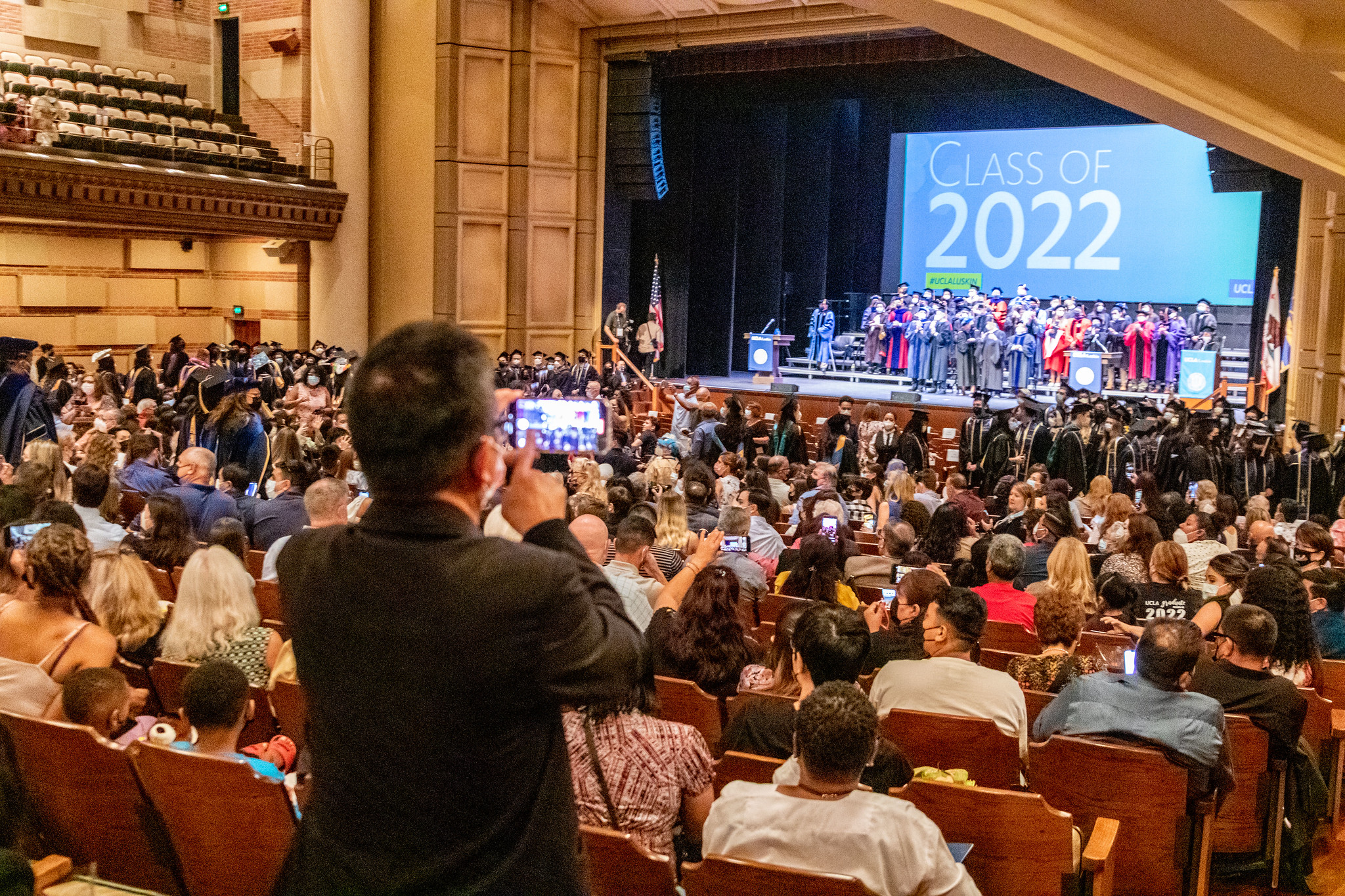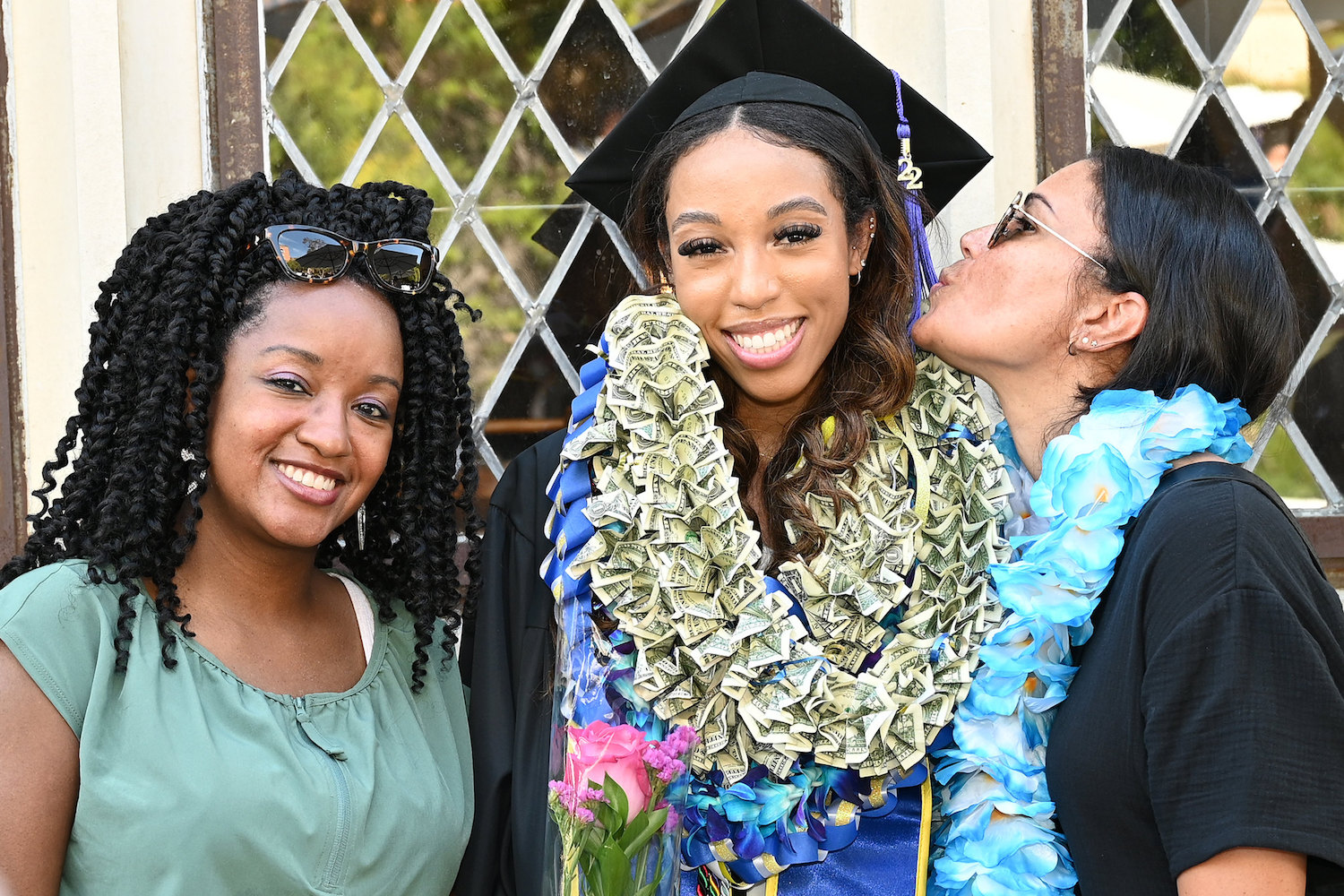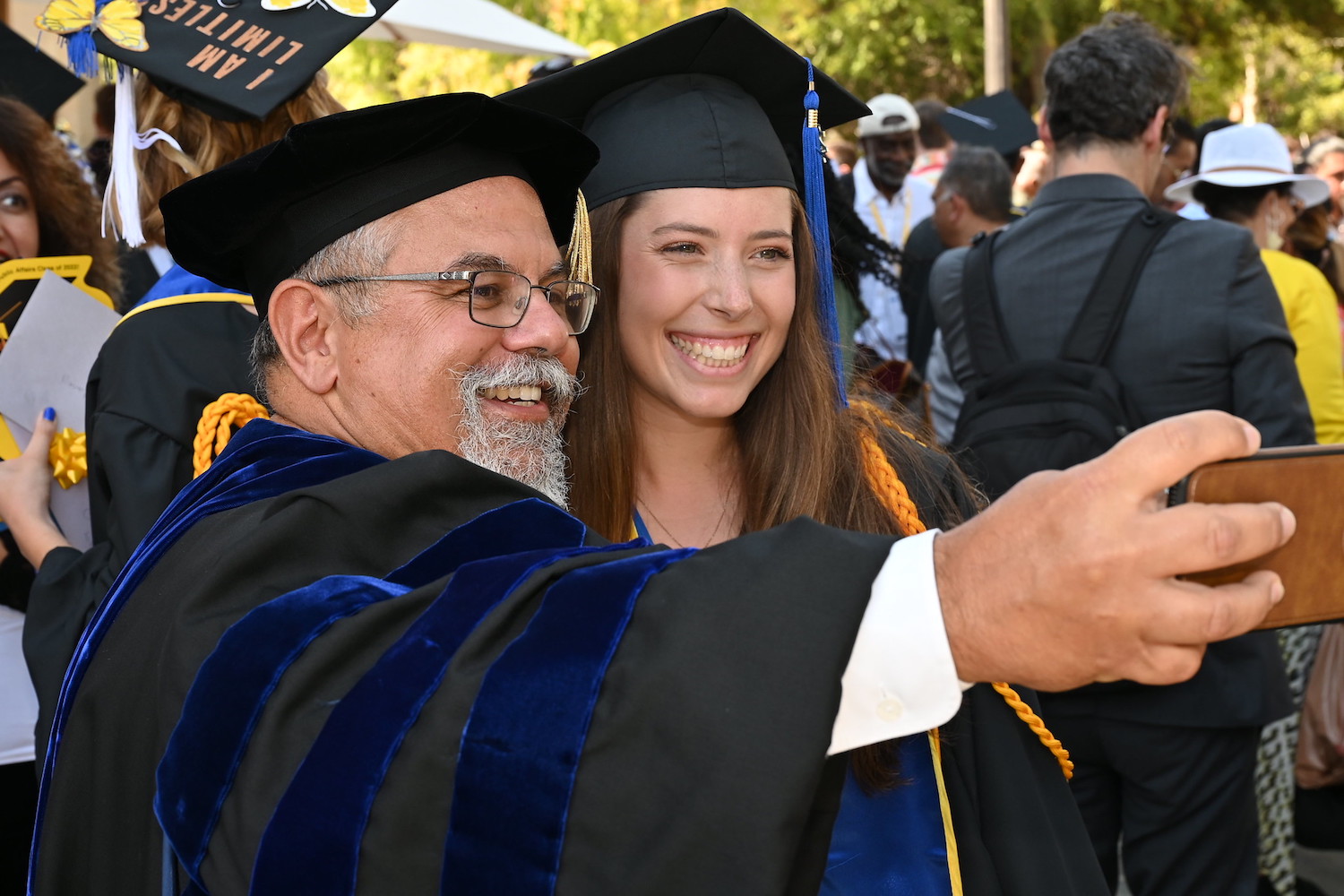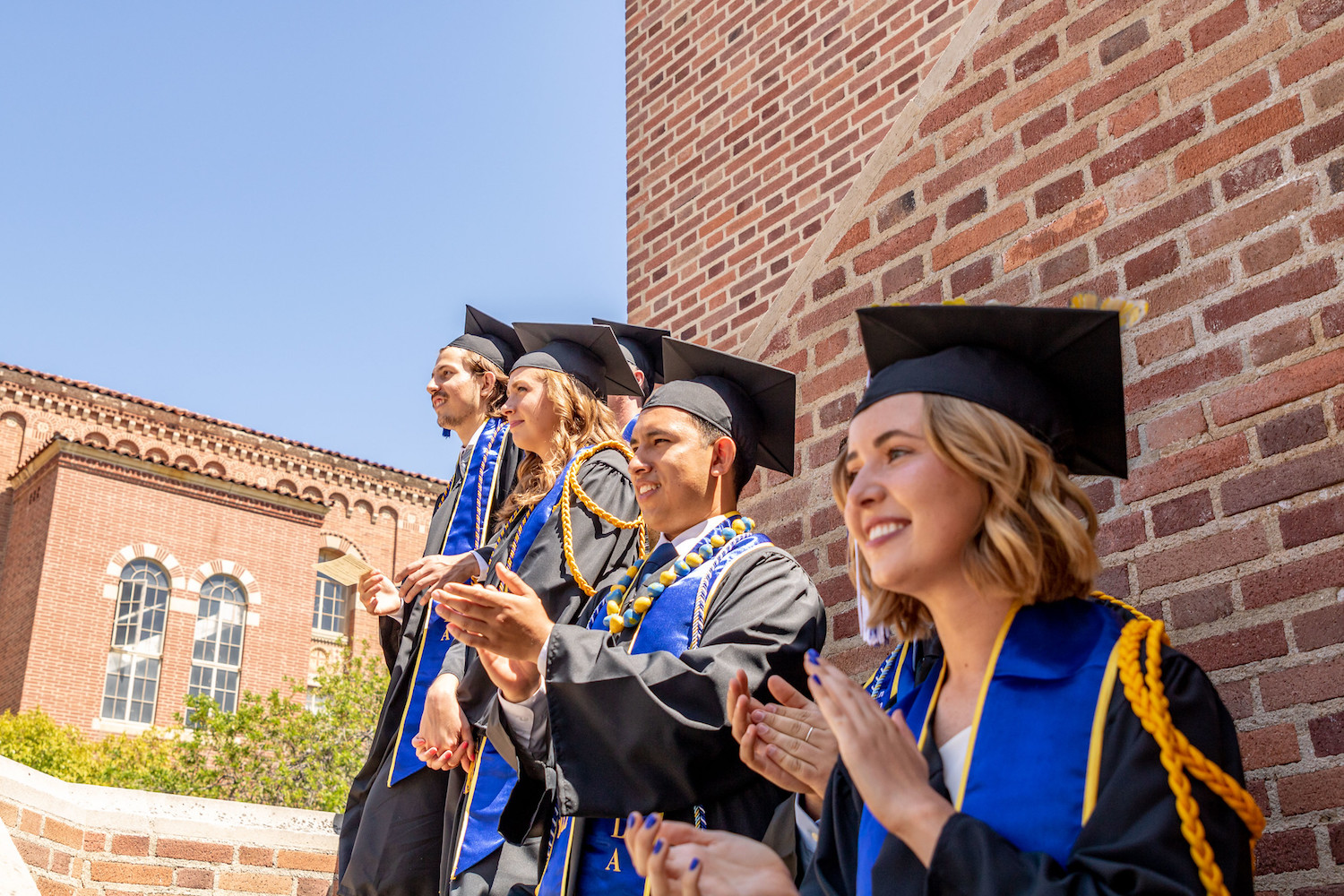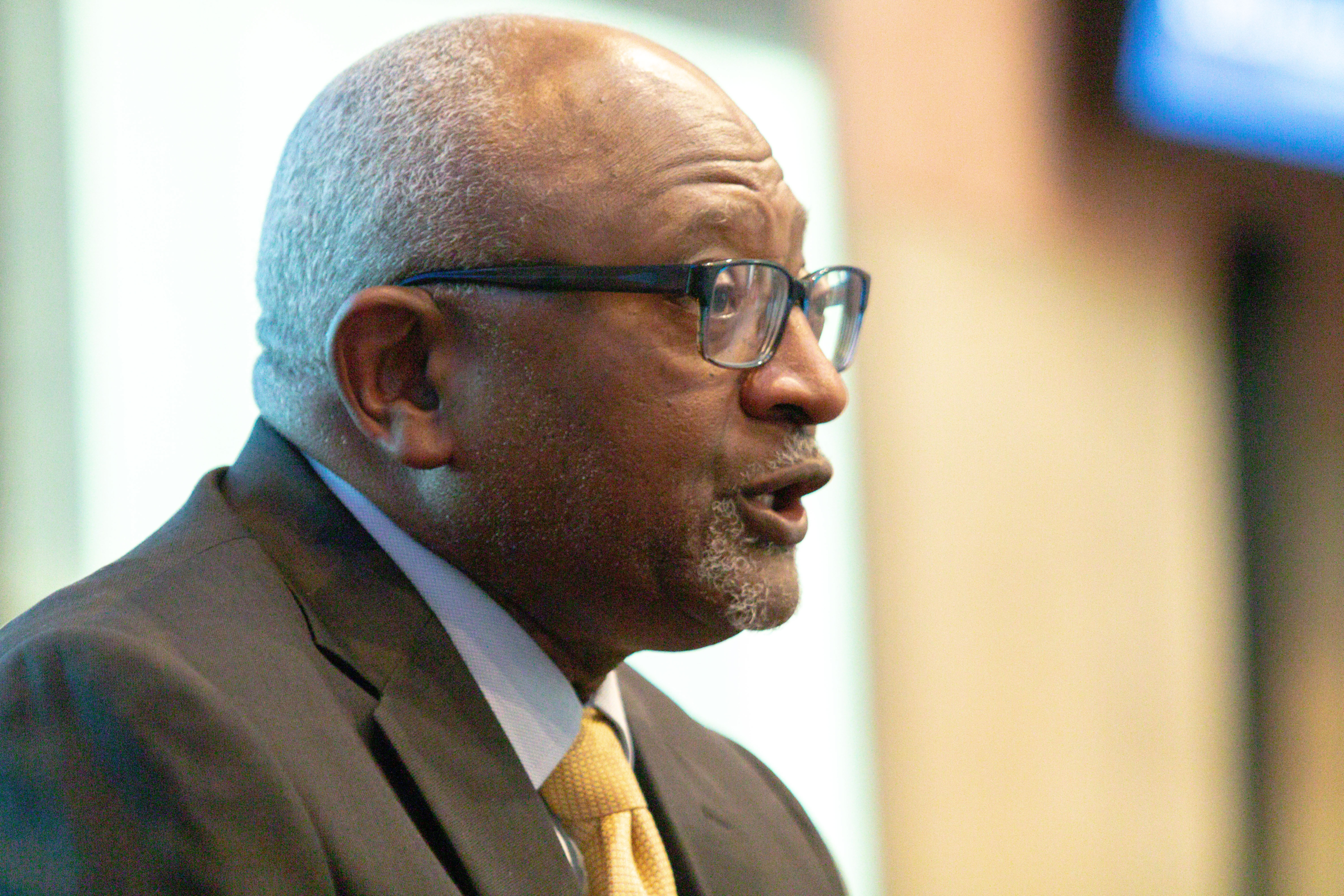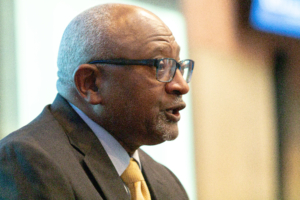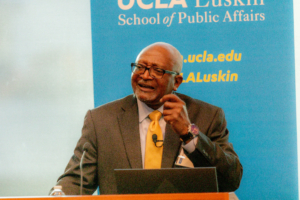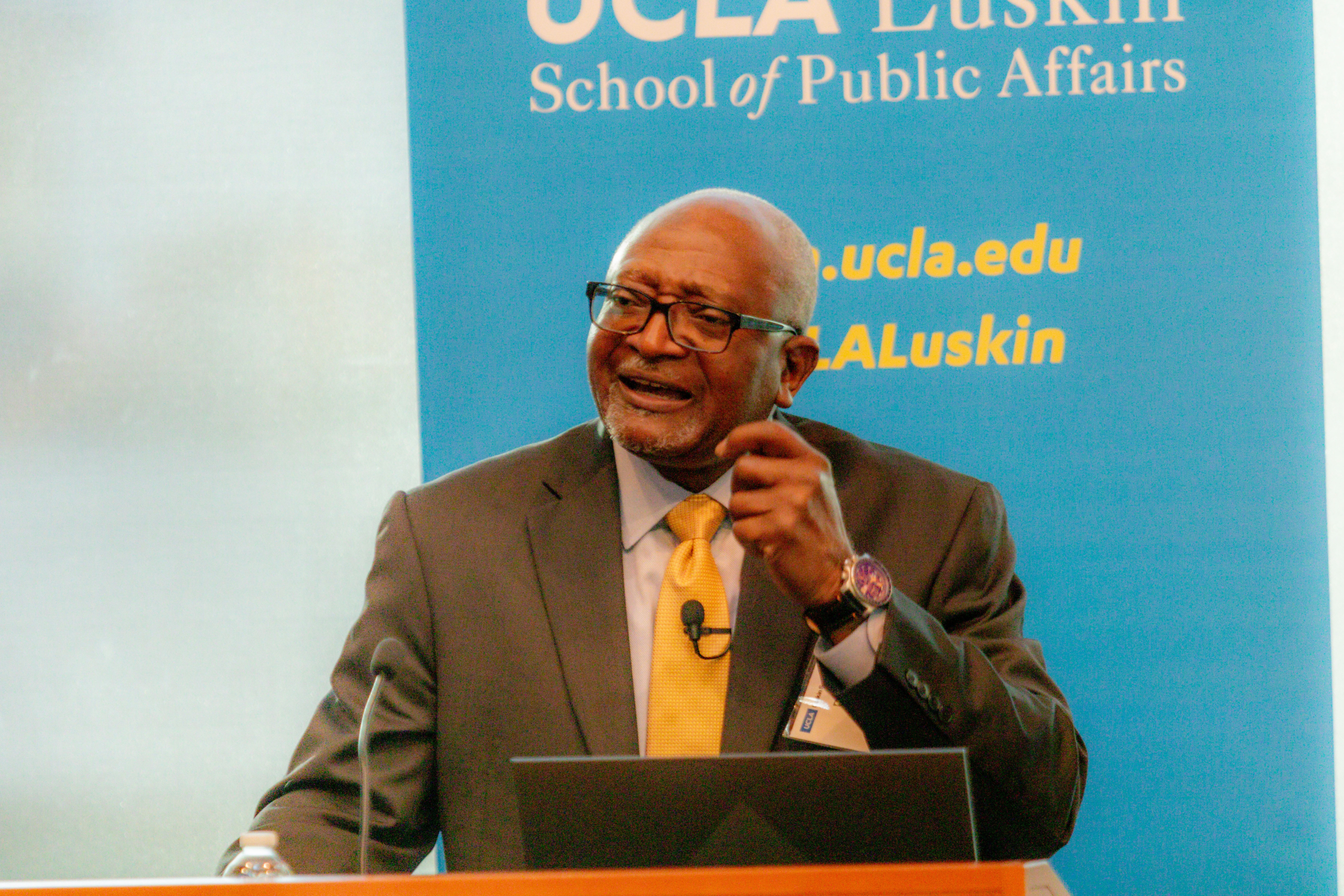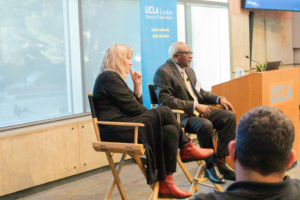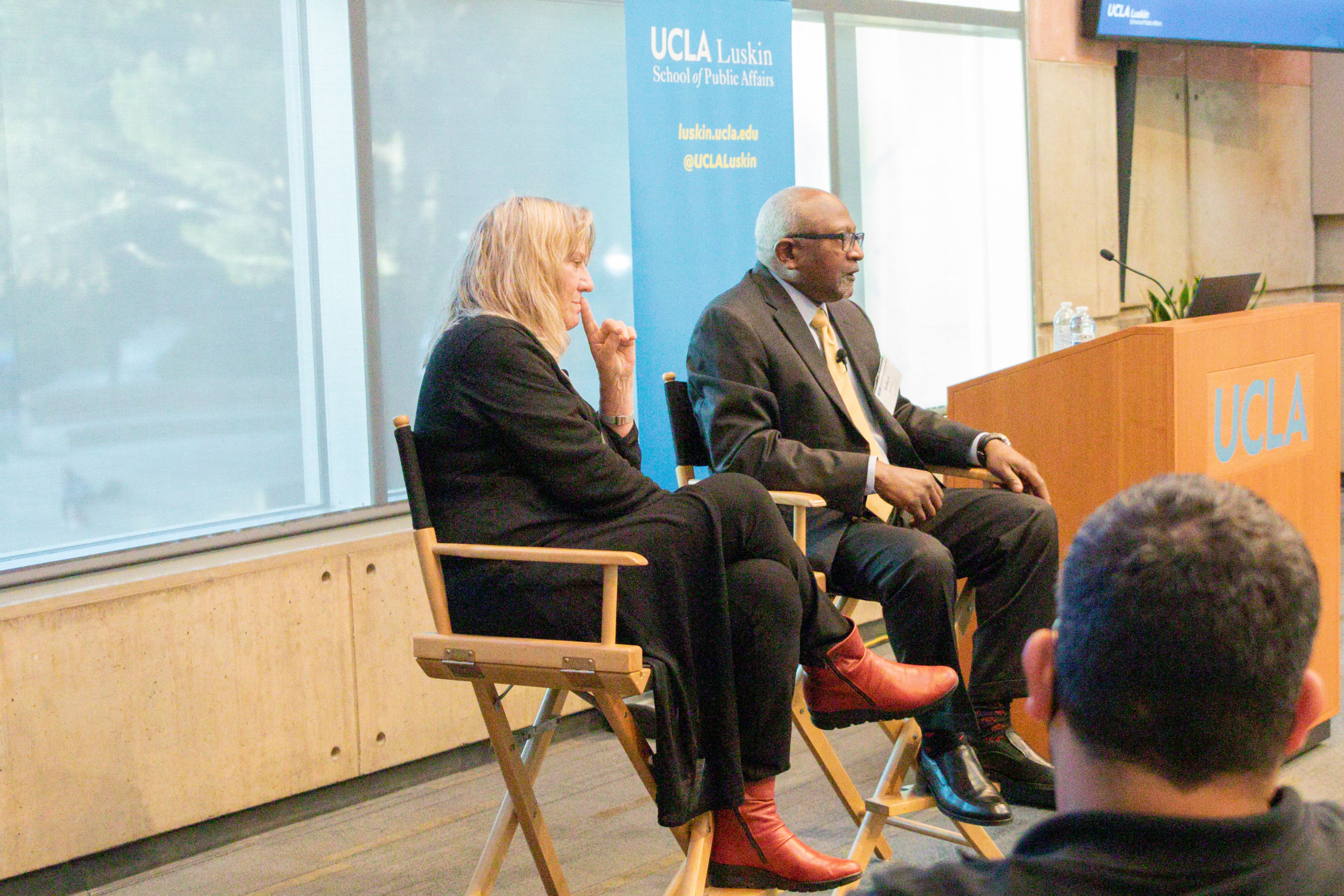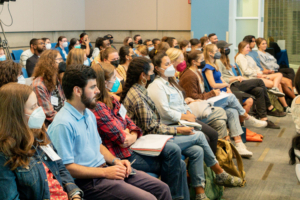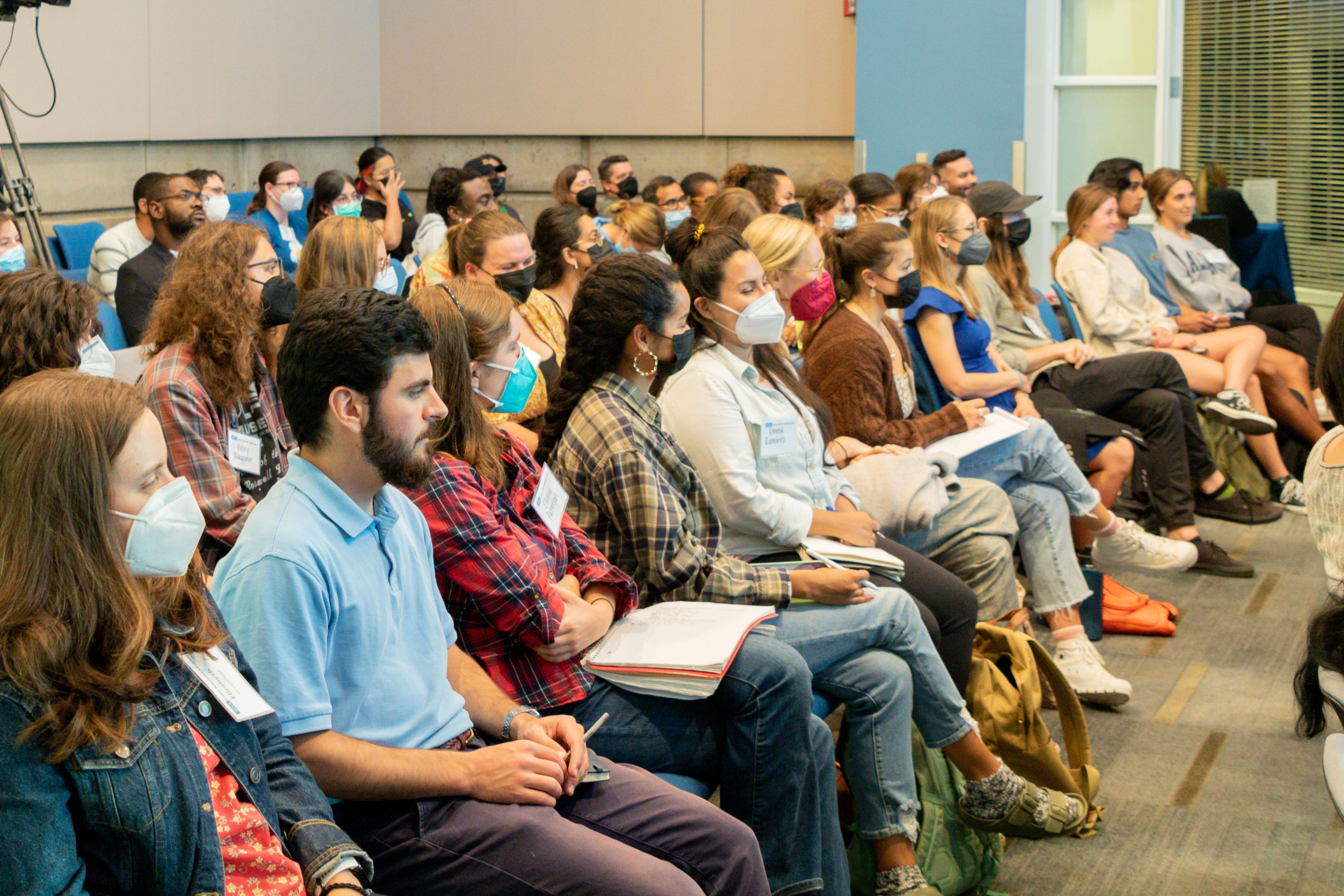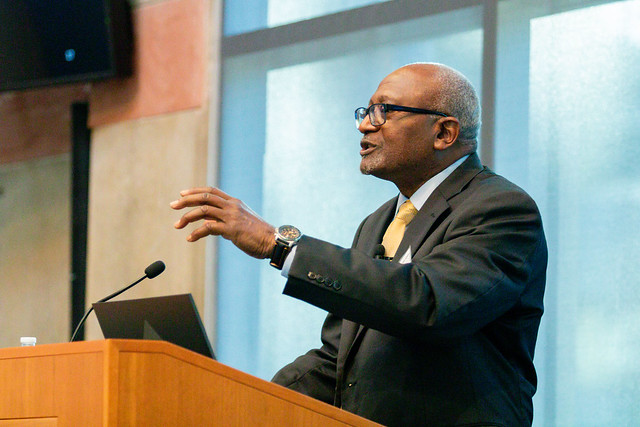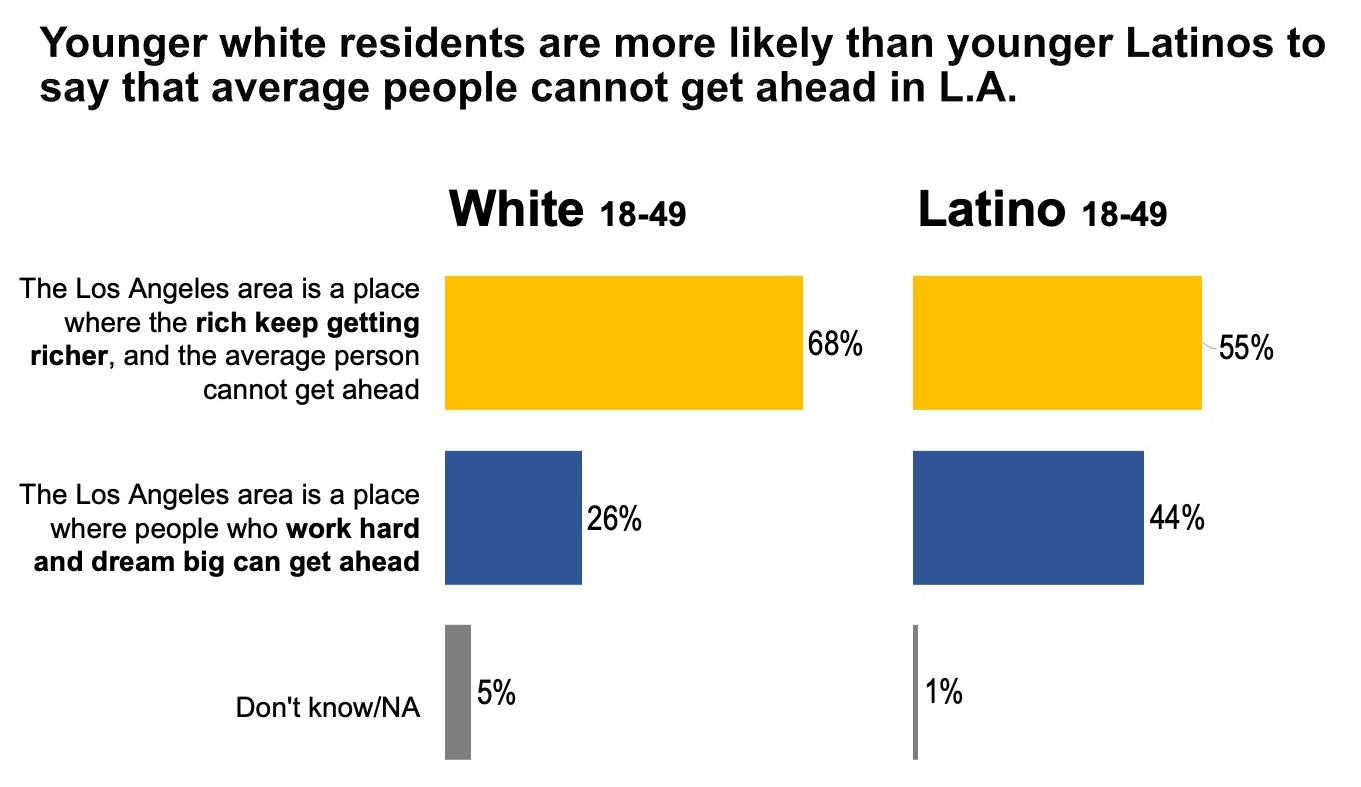UCLA Luskin Research Helps Guide Public Health Response to Ongoing Monkeypox Outbreak Ian Holloway is among researchers working with health officials to develop evidence-based strategies
By Les Dunseith
UCLA Luskin researchers are helping shape local and state health policy decisions in the wake of the monkeypox virus outbreak.
Ian Holloway, director of the Hub for Health Intervention, Policy and Practice at UCLA Luskin, is one of the researchers leading the effort. The Social Welfare professor was asked to sit on the scientific advisory committee to the California Department of Public Health soon after the first case in the United States was reported in mid-May.
Holloway, who aims to use research-based evidence to shape local and state public health policy regarding monkeypox, is now in the early stages of microsimulation modeling in relation to the disease. He and his researchers can model various scenarios using this advanced statistical approach, which allows policymakers to view and understand different hypotheticals.
“What if we can vaccinate 50% of those who are at risk by a certain time — what impact will that have on transmission?” Holloway asked. “What if we can get all of those who test positive for monkeypox on treatment within a certain time frame to reduce the risk of transmissibility — what will that mean for the evolution of the virus?”
Holloway has stressed the need to prioritize an equity-focused response in communities of men who have sex with other men, particularly among racial and ethnic minority gay men. In an August 18 editorial published by the American Journal of Public Health, he outlined a four-point strategy for how to scale up monkeypox vaccinations without further stigmatizing gay men.
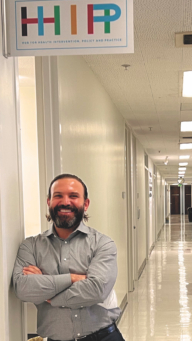
Ian Holloway of the Hub for Health Intervention, Policy and Practice. Photo by Mary Braswell
“My hope in working with Los Angeles County and the California Department of Public Health is that we can be really strategic and use research evidence to inform public health policy,” Holloway said. “One thing that’s promising for monkeypox vaccination is that we saw very high levels overall of vaccination for COVID-19 among LGBT communities in general, and gay men specifically. However, we still saw disparities by race and ethnicity.”
Extending eligibility
He supports an August 24 decision by the Los Angeles County Public Health Department to follow national guidance and extend eligibility to more people despite an ongoing shortage of the monkeypox vaccine. Doing so will bolster efforts to reach racial and ethnic minority communities, he said.
The new strategy involves a process known as dose splitting, in which a vial that usually contains two doses is split into up to five doses and administered in a way that retains effectiveness despite the lower dosage. Traditionally the vaccine is administered in a subcutaneous manner into the fat behind the triceps muscle. The new strategy is for a shallow intradermal injection into a layer of skin under the arm. This method typically leads to higher immune responses and faster drug uptake.
“Hopefully, that will mean we can get more doses to people,” Holloway said. “But public health departments really have to start planning to reach large communities of gay, bisexual and other men who have sex with men.”
In cities like Los Angeles, Holloway noted, people getting vaccinated tend to be more affluent and can afford to take time off work when they get a text reminder saying it’s their turn. “It’s much more challenging to reach those with lower incomes who are disproportionately part of racial and ethnic minority communities,” he said.
Holloway also leads the Gay Sexuality and Social Policy Initiative at UCLA, which focuses specifically on the unique experiences of gay men related to sex and sexuality. Although monkeypox is spread through any type of intimate contact, 98% of U.S. infections in the current outbreak have been among men, primarily those who have sex with other men.
Alex Garner, co-director of the initiative, is also director of community engagement at MPact Global, a worldwide organization dedicated to improving the health and well-being of gay, bisexual and queer folks, and advancing human rights. Garner has advised the World Health Organization (WHO), UNAIDS, and the European Centre for Disease Prevention and Control on communication strategies and community engagement relating to the disease. He said the outbreak has further demonstrated the structural inequalities that exist in health care.
“At the same time, we can’t allow stigma to be worse than the disease,” Garner said. “To not provide adequate investment and care for people of color, migrants, sex workers and LGBTQ folks only reinforces the idea that our lives do not matter.”
The stigma problem
Holloway and Garner are among those lobbying to change the name of the disease to something less stigmatizing than monkeypox such as MPX, which is favored by state public health officials.
Advising gay men without stigmatizing them — a frequent problem during the HIV epidemic — requires sensitivity in how information is communicated. Holloway’s team at UCLA has been active in working with community partners like the Los Angeles LGBT Center on education and raising awareness.
Initially, GSSPI put out a set of infographics about protecting oneself from exposure to the virus and how to identify the symptoms, which are similar to a severe flu. Infected individuals usually develop a rash and then lesions during a painful illness that can last up to four weeks.
So far, no one in the United States has died in an outbreak that now totals more than 40,000 cases worldwide and over 3,000 in California. Los Angeles County has the highest rate of infection in the state.
The outbreak spread quickly but is unlikely to disappear nearly as fast. The vaccine needs to be administered twice, four weeks apart, with 85% immunity not achieved until two weeks after the second dose. “We have a long road in front of us in terms of being able to get our communities protected through vaccination,” Holloway said.
The task at hand is both urgent and daunting, while the health and social ramifications are far-reaching. That’s why Holloway has enlisted assistance from Brian Keum, who also teaches in the department of social welfare, and Zachary Steinert-Threlkeld of UCLA Luskin Public Policy for another monkeypox-related research endeavor.
The project involves data mining of a Twitter database developed by Steinert-Threlkeld that goes back to 2014. By tracking homophobic hate speech, UCLA Luskin researchers will be able to document the types of hate speech relating to the monkeypox outbreak and inform communication strategies to confront online homophobia.
“There’s been a surge in homophobic hate speech online,” Holloway said. “The goal of this second project is understanding the ways in which homophobic hate speech online is evolving in parallel to the spread of (monkeypox) and through social media networks.”
He noted that social media can be a powerful way to spread both negative and positive information — greater attention was drawn to the outbreak in June when actor Matt Ford started posting videos on Twitter and TikTok about his symptoms and treatment, for example.
“I’m also interested in the ways in which gay communities are caring for themselves using social media during this time,” Holloway said.

